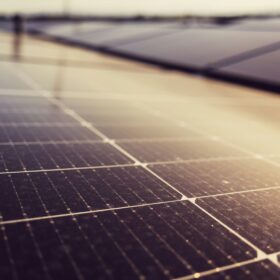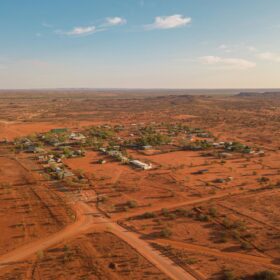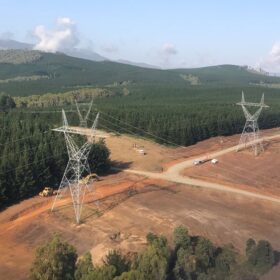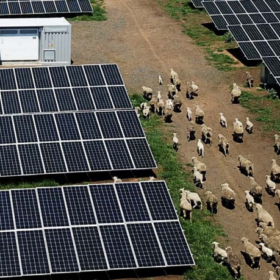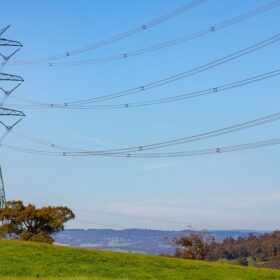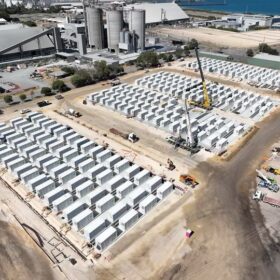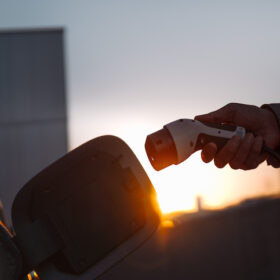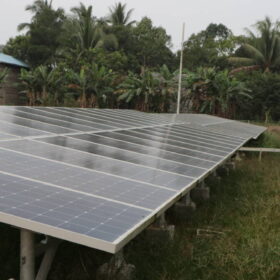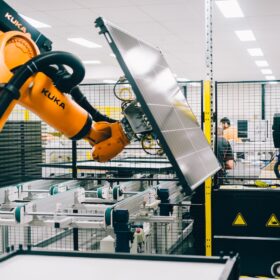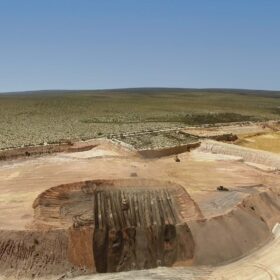First Nations solar and battery projects to share $5.5 million from clean energy fund
The government of Western Australia has announced seven successful project bids in round three of its clean energy future fund scheme, including two First Nations renewable energy projects that will share $5.5 million from a $16 million pool.
Research questions why microgrids are not ‘the norm’ in remote Australia
Researchers from four Australian universities have released a new paper questioning why solar microgrids are not ‘the norm’ in remote Central Australia, while energy insecurity prevails in very remote Aboriginal households.
Major NSW transmission projects get a towering $1.9 billion CEFC investment
The Clean Energy Finance Corporation has committed up to $1.9 billion to back developer Transgrid in delivery of tranmissions projects HumeLink and the New South Wales side of the Victoria-NSW Interconnector.
Agrivoltaics improve agricultural yield in arid regions: UTAS global study
University of Tasmania researchers have examined the benefits, or not, of agrivoltaic systems in three countries and found the technology can most improve agricultural productivity in arid and semi-arid regions.
350,000 MWh of storage within reach with HumeLink project’s federal approval
The Australian government has given a 365 kilometre transmission project in New South Wales the green tick, which has the potential to unlock an extra 3 GW of renewable energy into the grid, including from the SnowyHydro expansion project.
Battery storage key to nailing renewable energy target of 82% by 2030: report
Doubts about Australia’s ability to power the National Electricity Market with 82% renewable energy by 2030, have been put to bed by a new report issued from Climate Energy Finance, citing among positive contributors to acceleration, off-the-charts battery storage growth.
Electric vehicle uptake dependent on grid and charging infrastructure investment
The Electric Vehicle Council’s State of EVs report says investment in grid infrastructure and smart charging technology are key to the successful rollout of electric vehicles, where sales are forecast to rise 15-19% in 2026.
Indonesian think tank says nation at crossroads with energy transition
Indonesian clean energy policy think tank, the Institute for Essential Services Reform (IESR), said 2025 will be a pivotal year for Indonesia’s energy transition, as the nation has fallen behind targets in recent years.
Global solar supply chain investments key to easing reliance on China: USA report
A report released by the United States Studies Centre, a joint venture of the American Australian Association and University of Sydney, encourages Australia to deeply engage in global solar supply chains, to reduce its reliance on China.
$475 million rare earths refinery grant a critical win for renewable technologies
The Australian government has provided up to $475 million in additional finance to Perth-headquartered Iluka Resources to meet revised capital costs of building its $1.7 billion Eneabba Rare Earths Refinery project in Western Australia.
